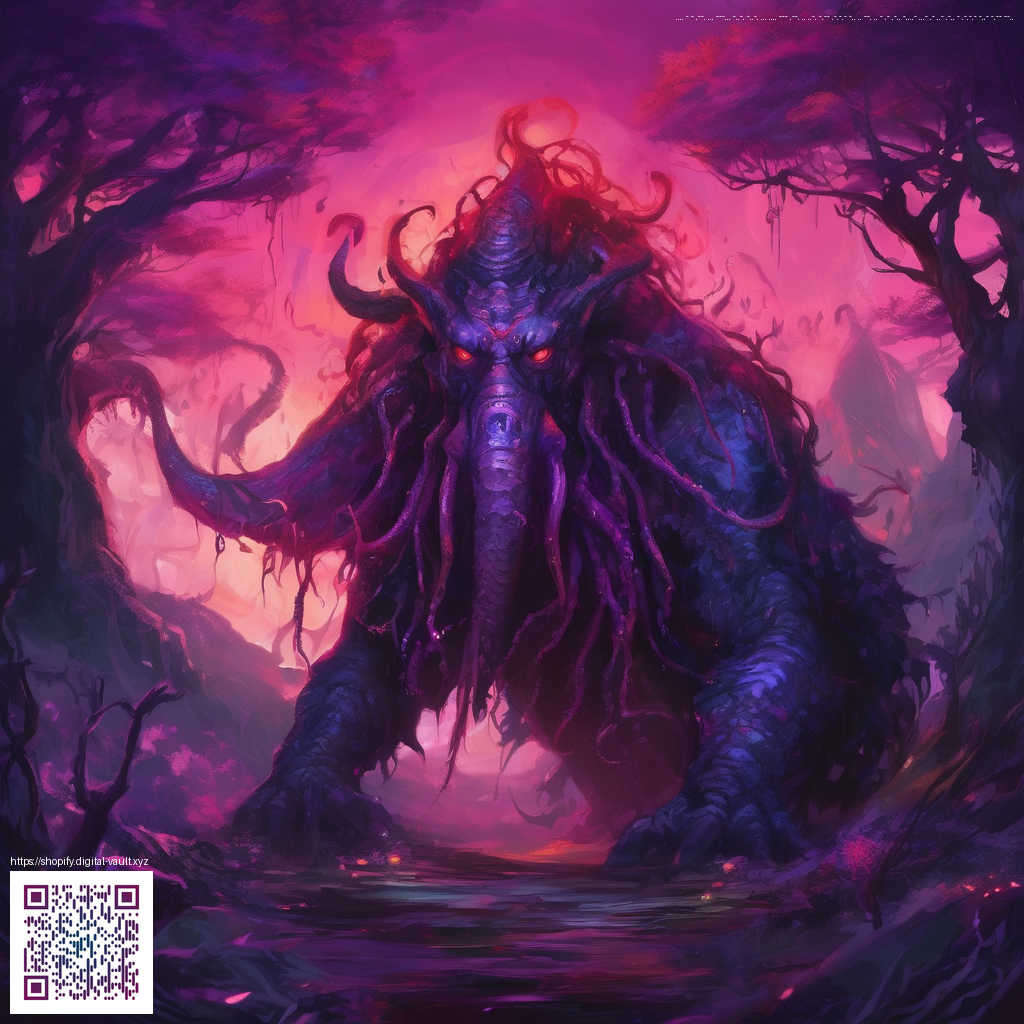
Bringing Cohesion to Brand Assets Across Figma and Canva 🎨✨
In today’s design workflow, teams often start with Figma for precision and scalability, then leverage Canva for fast, on‑brand visuals across social, websites, and pitch decks. The challenge isn’t just making pretty assets; it’s ensuring they feel like one story no matter the tool or format. With a thoughtful cross‑platform process, you can unlock a seamless flow from a design system in Figma to ready‑to‑use Canva templates. 🚀🧭
Foundations: Define the Brand Core 🧩
Everything begins with a clearly defined brand core: a mission, voice, color system, typography, and logo guidelines. When these elements are locked in, you can confidently reproduce them across tools without reinventing the wheel. A strong brand core acts as an anchor, so fonts stay legible, colors stay accurate, and logos retain consistent spacing. This unity is what readers and customers subconsciously recognize as your brand. 💡🎯
Design System in Figma: Components, Tokens, and Libraries 🧰
In Figma, the magic happens when you build a living design system. Start with a centralized library of components—buttons, cards, icons, and layout grids—that you can reuse across projects. Establish typography scales, color tokens, and effect styles, then attach them to components so a single tweak updates everywhere. When you export these elements, you’re not just saving time—you’re preserving consistency across campaigns. Think of Figma as your single source of truth, where every asset inherits the brand rules you’ve set. 🧭🎨
- Create a color system with primary, secondary, and accessible contrast values.
- Define typography tokens for headings, body text, and UI labels to keep hierarchy intact.
- Bundle components into a shared library and publish updates for teams to adopt instantly.
- Name layers and components with clear, scalable conventions to avoid confusion later.
Translating to Canva: Templates that Respect the Brand 🧷
Canva excels at enabling non‑designers to produce on‑brand visuals quickly. The secret is to mirror your Figma design system inside Canva’s Brand Kit and templates. Set up color palettes, upload logos with consistent clear space, and build templates that reflect your grid and typography rules. By recreating the structure of your Figma components as Canva templates, you preserve the design language while gaining speed and flexibility for social posts, banners, and one‑sheets. 🌈💨
“A shared grid, color tokens, and typographic hierarchy make your assets instantly recognizable, no matter the canvas.”
Bridging the Gap: Tokens, Export, and Practical Handoffs 🔗
The handoff from Figma to Canva doesn’t have to be a dead end. Export vectors (SVGs) for logos and icons, and generate a simple token list that Canva templates can reference—color hex codes, font families, and even margins. This bridging approach keeps the visuals aligned: you can drop a vector logo into Canva, apply the exact brand colors, and maintain the expected alignment across layouts. A practical workflow often looks like this: design in Figma, export assets, seed Canva templates with tokens, and iterate in Canva without drifting from the original system. 🧪🚀
- Export logos and icons as SVG where possible for crisp scaling.
- Compile a concise token sheet: color hex values, font families, weights, and spacing guidelines.
- Recreate key layouts in Canva using the same grid and margins from your Figma files.
- Test templates across different formats (square, landscape, poster) to verify consistency.
For a gaming brand example, you might pair the digital visuals with tactile real‑world references to spark energy and texture. Neon Gaming Mouse Pad can inspire neon glow accents, subtle gradients, and texture cues you translate into digital assets. Consider how glows, shadows, and edge treatments in the physical product translate into Canva templates and Figma components. 🕹️✨
Practical Workflows: A Step‑by‑Step Approach 🧭
Adopt a practical, repeatable workflow that saves time and reduces friction:
- Step 1: Build your brand library in Figma—colors, typography, components, and layout grids.
- Step 2: Create Canva templates that echo the same grid and token system, including reusable placeholders for copy and imagery.
- Step 3: Use export tokens to feed Canva templates, keeping color and typography consistent across assets.
- Step 4: Iterate with stakeholders in Canva, then push approved assets back into a shared Figma library for future updates.
- Step 5: Audit accessibility—ensure color contrast meets standards and type scales remain readable on all devices. 🧑💻📝
Teams that lean into this cross‑tool discipline report smoother approvals and faster campaign turns. The key is to treat Figma and Canva as parts of a single ecosystem, not isolated pockets. When every asset speaks the same design language, your brand feels intentional and confident—whether someone is drafting a social post or designing a poster for a trade show. 🪄🎯
Accessibility, Differentiation, and Brand Personality 🔍
Beyond visuals, consider how your assets convey personality and accessibility. Align fonts with legibility in mind, ensure color contrast is friendly to readers with visual impairments, and preserve a consistent tone across copy and visuals. A strong system helps you scale your voice without diluting it, preserving brand personality across channels and audiences. 💬🧠
The cross‑tool approach isn’t just about saving time; it’s about empowering teams to experiment within guardrails. When designers can rely on a well‑defined system, they can focus on storytelling, not repetitive setup. And that, in turn, accelerates momentum across campaigns. 🚀💫